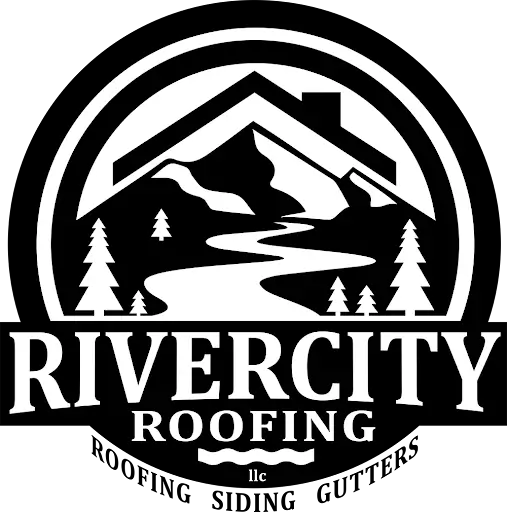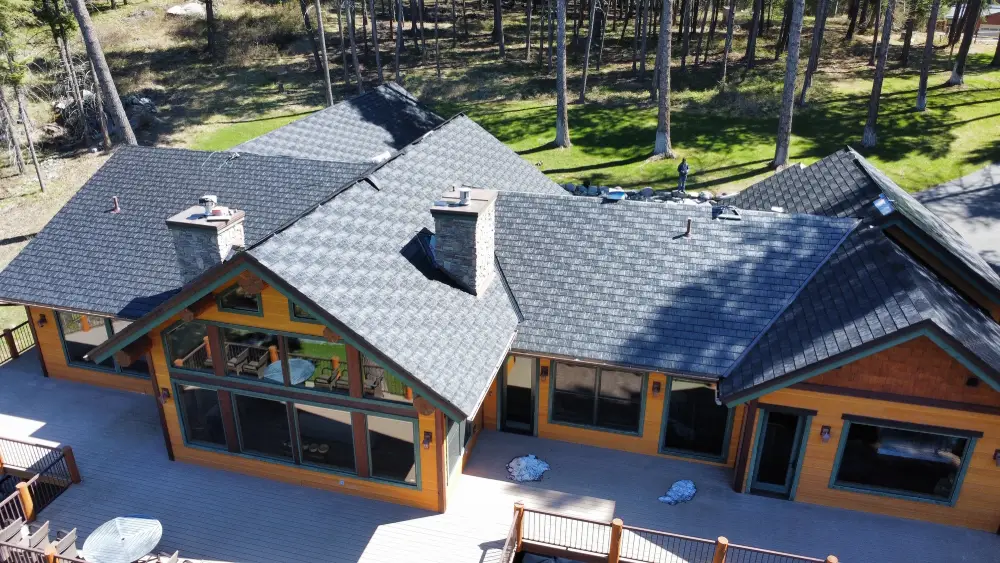In the face of extreme weather events, the resilience of a home’s roofing system is paramount. This is where the value of understanding how to identify impact-resistant shingles comes into play. These specialized shingles are designed to withstand the rigors of hail storms, heavy rains, and high winds, offering homeowners peace of mind and long-term durability. Knowing what are impact-resistant shingles and how to tell if you have impact-resistant shingles is essential for selecting the right protection for your home. Additionally, it can be a determining factor when working with a roofing contractor to ensure the highest quality materials are used for your roofing needs.
This article aims to provide comprehensive insights on How to Identify Impact Resistant Shingles and types of impact-resistant shingles and deliver expert advice on how to identify them.
What Are Impact-Resistant Shingles?
Definition and Features
Impact-resistant shingles are specially engineered roofing materials designed to withstand severe weather conditions, particularly hail. These shingles are constructed to prevent damage such as tears, cracks, and loss of protective granules that can occur when hail strikes the surface. Unlike regular shingles, which offer basic protection, impact-resistant variants are built to offer superior durability and maintain their integrity even under extreme stress.
Materials Used
Manufacturers typically use polymer-modified asphalt in these shingles, incorporating rubber-like polymers such as styrene-butadiene-styrene (SBS). This modification makes the asphalt more flexible, allowing it to absorb and dissipate the energy from impacts more effectively. Additionally, many impact-resistant shingles feature a thick polymer-based mesh embedded within the shingle. This mesh reinforces the structure, significantly enhancing its resistance to splitting and cracking.
Impact Resistance Ratings (Class 1 to Class 4)
Impact-resistant shingles are categorized based on their ability to withstand impacts from steel balls of varying sizes, simulating hail impact. This classification is part of the UL 2218 standard developed by Underwriters Laboratories:
- Class 1: Can withstand a 1.25-inch diameter steel ball.
- Class 2: Can withstand a 1.50-inch diameter steel ball.
- Class 3: Can withstand a 1.75-inch diameter steel ball.
- Class 4: Can withstand a 2.00-inch diameter steel ball.
Class 4 shingles offer the highest level of impact resistance. They can withstand a steel ball dropped from 20 feet without sustaining damage, making them ideal for regions frequently hit by severe hailstorms.
Free Roof Inspections. Fast. Reliable.
Is your roof ready to weather the storm? Dont risk property damage. Our free roof inspections provide expert analysis to identify potential issues before they become costly problems.
Importance of Impact-Resistant Shingles
Impact-resistant shingles are a crucial component in safeguarding homes from severe weather conditions. These specially engineered shingles are designed to withstand significant impacts from hail, debris, and other elements, which are common in areas prone to intense storms.
Protection Against Severe Weather
Impact-resistant shingles are constructed to endure the harsh conditions brought on by hailstorms and high winds. Their robust design minimizes the risk of damage, such as cracks or splits, which are typical with standard shingles under similar conditions. This enhanced durability is vital for maintaining the structural integrity of the roof, preventing leaks, and avoiding costly repairs that often follow severe weather events.
Insurance Premium Reductions
One of the significant financial benefits of installing impact-resistant shingles is the potential reduction in home insurance premiums. Many insurance companies offer discounts to homeowners who upgrade to these durable roofing materials because they are less likely to incur damage during storms. This reduction in claims translates into savings for both the insurer and the homeowner, making impact-resistant shingles a wise investment.
Durability and Longevity
Beyond their ability to protect against weather-related damage, impact-resistant shingles are known for their longevity. These shingles often come with extended warranties and are less likely to require frequent replacements or repairs. Homeowners can enjoy a longer-lasting roof with fewer maintenance issues over time, contributing to overall cost savings and adding value to the property.
How to Identify Impact-Resistant Shingles
To effectively identify impact-resistant shingles, homeowners and contractors should focus on several key indicators that signify enhanced durability and protection capabilities. These indicators are crucial for ensuring that the shingles installed can withstand severe weather conditions, particularly hail.
Check for Class 4 Ratings
Impact resistance in shingles is typically rated on a scale from Class 1 to Class 4, with Class 4 offering the highest level of resistance. To determine if shingles are Class 4, one should examine the product specifications or labels. This rating ensures that the shingles have been tested and can withstand impacts from large hailstones without sustaining damage, making them an ideal choice for areas prone to frequent severe weather.
Inspect the Reinforcing Mat
Many impact-resistant shingles feature a reinforced fiberglass mat. This additional layer is crucial as it enhances the strength and durability of the shingle. By examining the underside of a shingle, one can check for this reinforcing mat. The presence of this layer is a good indication of the shingle’s ability to resist cracking and splitting when impacted.
Look for Manufacturer Certification
Reputable manufacturers often provide certification for their impact-resistant shingle products. Certifications such as UL 2218 are indicators that the shingles meet specific impact resistance standards. Homeowners should look for these certifications when selecting shingles to ensure they are choosing a product that has been rigorously tested and meets high-quality standards.
By focusing on these key aspects, homeowners can make informed decisions when selecting roofing materials, ensuring their homes are protected with shingles that offer superior resistance to impacts and adverse weather conditions.
Benefits and Considerations
Cost vs. Long-Term Savings
Impact-resistant shingles are initially more expensive than standard asphalt shingles, typically costing 10 to 20% more. However, they offer significant long-term benefits that can offset this initial higher cost. Homeowners may quickly recoup these costs through reduced maintenance needs and prevention of premature roof replacement. Furthermore, many impact-resistant shingles come with extended warranties, such as a 50-year guarantee, providing additional financial security and peace of mind. Insurance companies often offer discounts on premiums for homes with these durable shingles, adding to the potential savings.
Environmental Impact
Choosing impact-resistant shingles contributes positively to environmental sustainability. These shingles have a longer life expectancy, which means they contribute less waste to landfills over time compared to standard shingles that may need more frequent replacement. Additionally, the durability of impact-resistant shingles reduces the environmental impact associated with the manufacturing and transportation of replacement roofing materials.
Available Styles and Colors
While impact-resistant shingles provide numerous benefits, one consideration is their limited range of styles and colors compared to other roofing options. This may be a concern for homeowners looking for specific aesthetics to match their home’s design. However, manufacturers are continually expanding their offerings to include more varieties, helping homeowners find a balance between functionality and style.
Conclusion
Identifying and understanding the benefits of impact-resistant shingles is crucial for homeowners looking to enhance the durability and longevity of their roofing systems. By following the outlined methods for recognizing these durable materials and considering the potential financial savings and environmental benefits they offer, homeowners can make informed decisions that align with their safety and aesthetic requirements.
Embracing innovative solutions like impact-resistant shingles not only safeguards homes against severe weather conditions but also contributes to environmental sustainability in the long run. The adoption of these shingles represents a step forward in building resilient, sustainable homes.



